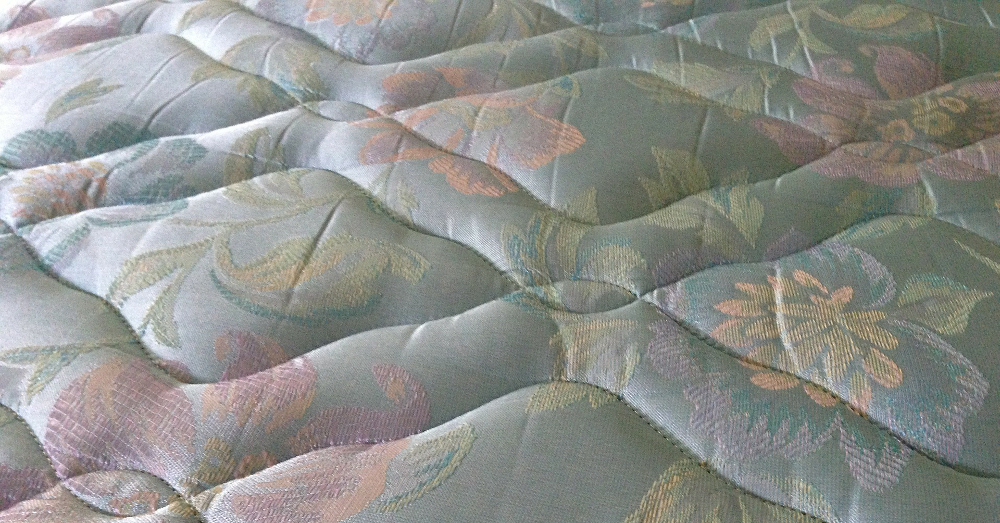
Your Mattress Could Be a Health and Environmental Nightmare: Here Are 4 Safe, Eco-Friendly Options
The average person spends a third of their life sleeping, though few put much thought into where they lay their heads. As long as our mattresses are comfortable, not much else matters, right? Not so fast, say environmental and health experts, who warn that the chemicals used in some mattresses could be making us sick.
October 24, 2017 | Source: AlterNet | by Mary Mazzoni
You don’t want formaldehyde in your bedding. Neither does the planet.
The average person spends a third of their life sleeping, though few put much thought into where they lay their heads. As long as our mattresses are comfortable, not much else matters, right? Not so fast, say environmental and health experts, who warn that the chemicals used in some mattresses could be making us sick.
Most modern mattresses are made from polyurethane foam, a petroleum product that may release volatile organic compounds (VOCs) into indoor air, creating an acrid, plastic odor and prompting allergic reactions like skin irritation or difficulty breathing. Some mattresses also contain potentially hazardous chemicals like formaldehyde, benzene and naphthalene, although at very low levels.
Flame retardants pose additional concerns. In 2007, the Consumer Product Safety Commission mandated that all mattresses sold in the United States be able to withstand 30 minutes of exposure to an open flame, but several flame retardant chemicals have been pulled off the market since then due to potential health problems. The commission issued its latest warning in September, advising people, particularly children and pregnant women, to avoid products containing flame retardants known as organohalogens, which have been linked to a host of health problems including cancer and decreased IQ in children.
“But advocates and scientists noted the chemical industry has a long history of replacing harmful flame retardants with chemically similar compounds that later were found to be just as worrisome, if not more so,” reported Michael Hawthorne of the Chicago Tribune.
While certain flame retardants have been definitively linked to health problems, it’s extremely difficult to measure the long-term effects of exposure to the low levels of other chemicals present in mattresses.
“It’s the dose that makes the poison,” Heather Stapleton, an environmental chemist at Duke University, told Mother Jones. “If they’re not getting out, maybe it’s not a problem — but we don’t know. There are plenty of lab studies that show that these compounds are harmful. It’s just a question of what levels people are exposed to.”
